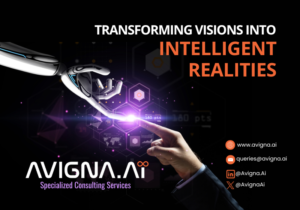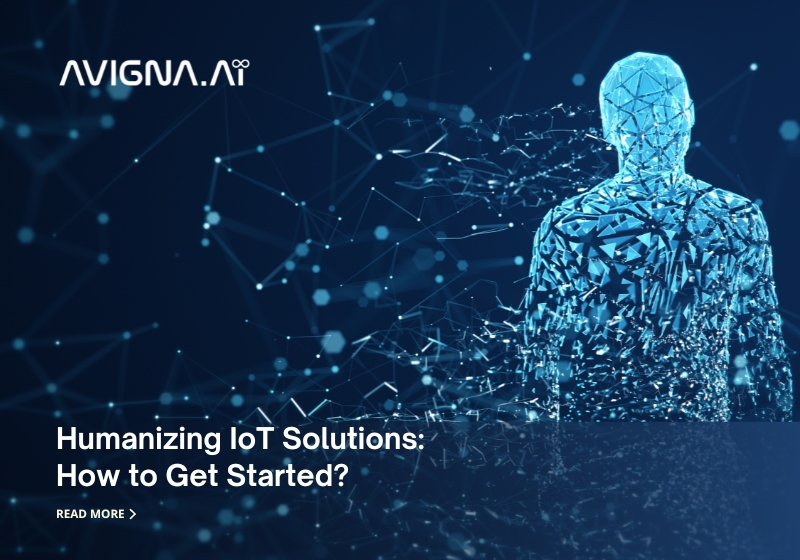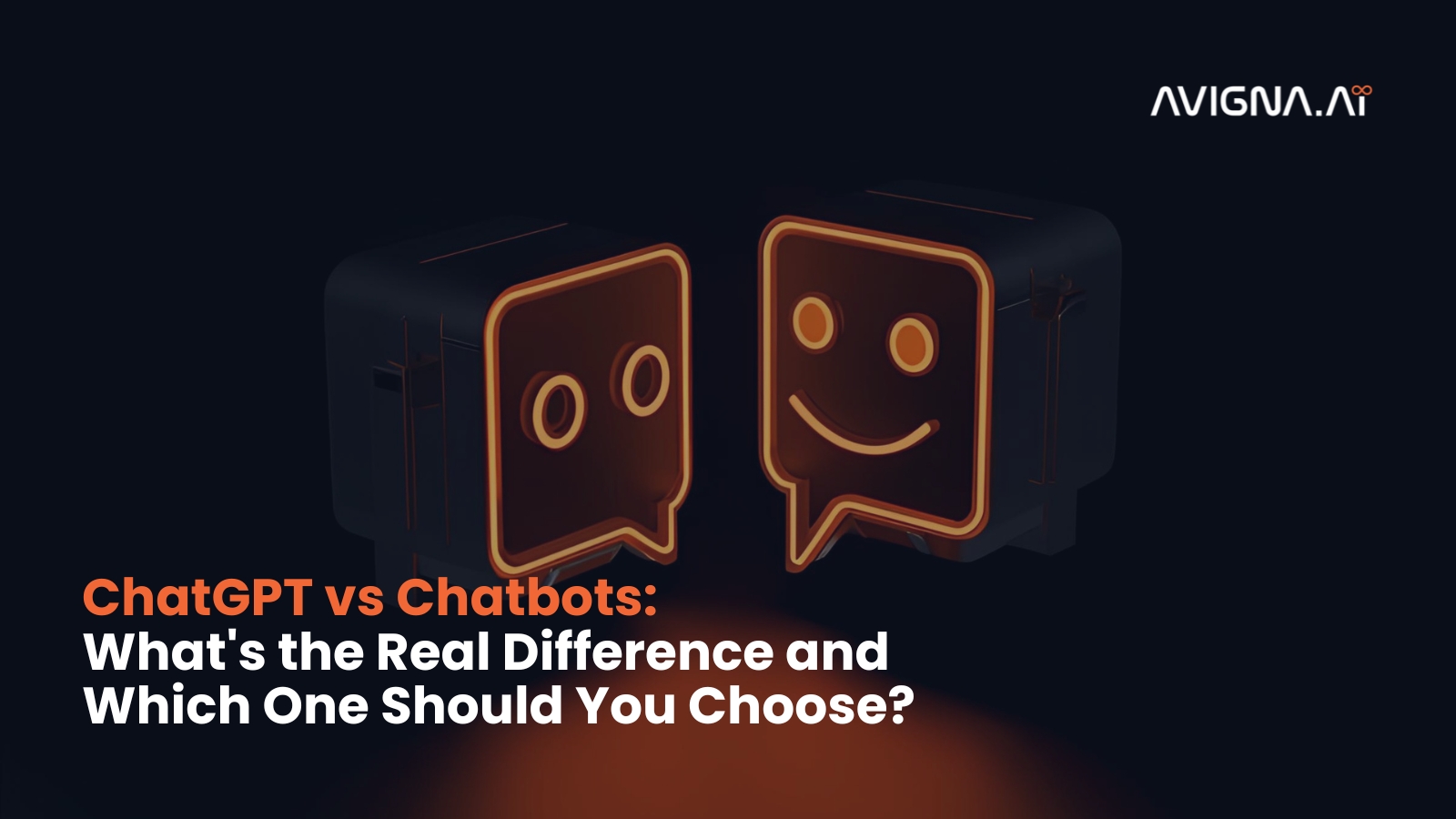While the future depicted by countless sci-fi movies may one day become a reality, we are not at a point where machines can genuinely replace humans or act autonomously without oversight. IoT solutions that ignore the central role of people risk facing adoption challenges or even outright rejection. This is where “Humanizing IoT solutions” comes in – by placing human needs, behaviours and values at the core of technology design and use. I strongly believe that by doing so helps ensure IoT solutions improve lives rather than disrupt them.
Understanding the Human Perspective
When developing any new technology, especially one integrating the physical and digital worlds, it is crucial to start by trying to understand the human perspective.
Humanizing IoT solutions means examining how the technology might affect and be adopted within various contexts of daily living and work. Some key questions product designers and companies should consider include:
- What specific human needs or challenges is this technology aiming to solve? Simply automating tasks for the sake of connectivity may not provide sufficient value.
- How will interactions with smart devices fit naturally within established user behaviours and environments? Forced changes can lead to resistance.
- What types of information do users want or need to know and control? Overly intrusive or opaque systems reduce trust.
- How can the technology enhance experiences rather than monitor activities? A focus on enabling new possibilities captures the imagination.
- Have potential unintended consequences been considered, especially regarding privacy, security or new forms of distraction? Safeguards help avoid downsides.
Approaching design and development with such a human-centric mindset lays the groundwork for innovation that meaningfully improves lives. But putting people first requires going beyond superficial considerations to see the world through their eyes truly.
Designing Tech Solutions for Humans
Once the focus shifts to the human experience, various approaches can foster solutions people want to use. Some thoughtful design techniques for humanizing IoT solutions include:
- Make it natural – Intuitive, conversational interfaces allow seamless interactions without manuals. Sensors that fade into the background also feel less intrusive.
- Add emotion – Beyond just transmitting info, creative uses of light, sound, haptics, etc., can make interactions more personal and engaging on a human level.
- Build trust – Transparency into how data is collected and used builds confidence, as does empowering people with control over privacy and security settings.
- Leverage context – Dynamic capabilities that understand the user and environment lead to more meaningful assistance tailored to the moment.
- Encourage participation – Open development platforms and customizable features facilitate a sense of ownership that motivates active, long-term involvement with the technology on an ongoing basis.
- Consider all users – Inclusive, accessible design reaching people of all abilities, backgrounds, and generations helps entire communities reap the benefits of emerging tech. Universal design principles should be followed.

Driving Adoption with Emotional Connections
Designing IoT with humanity in mind helps address usability and build confidence, yet broader success also hinges on fostering emotional engagement and devotion. Emotional solid connections can determine whether people deeply incorporate smart devices and services into their daily activities or abandon them on the periphery. Some strategies for forming these bonds include:
- Tell stories – Narratives that put a human face on how technology enhances lives can inspire others to find their stories of positive impact through use.
- Leverage social proof– User-generated content highlighting real experiences, whether on company sites or independent review channels, sways opinions more than marketing alone.
- Make it playful – Fun, low-stakes introductory experiences convey the technology’s potential in an approachable way and get people excited to explore further.
- Show relatability – Authentic portrayals, from marketing to community support, showing how “regular people” use the solution successfully downplays intimidation factors.
- Build loyalty – Rewarding loyalty with exclusive benefits encourages long-term committed relationships over one-time transactions through gamification or other motivational techniques.
- Foster passions – Enabling customizations, challenges or hobbies centred around a solution’s capabilities taps into intrinsically motivating interests people want to pursue.
Enabling Meaningful Contributions
To truly align individuals with the growth of IoT, platforms should facilitate participation that taps intrinsic motivations to problem-solve and engage citizens as every day innovators. Some examples of humanizing IoT solutions include:
- Crowdsourced Issue Tracking – Public problem databases let communities collectively work to resolve local quality of life concerns, from potholes to power outages.
- Skill-Sharing Marketplaces – Platforms matched volunteers’ skills, such as language translation or coding, to specific needs in helping nonprofit projects or initiatives.
- Opportunistic Sensing – Apps tap the sensing capabilities of devices like security cameras or wearables to map pollution, track wildlife, or catalogue public art as people naturally go about their days.
- Neighbourhood Asset Inventories – Residents collaboratively documented underused community resources like tools or event spaces for borrowing to strengthen bonds and support local endeavours.
- Contests/Competitions – Time-bound contests offered to solve pressing issues like optimizing irrigation through seeded prizes and mentorship produced innovative grassroots solutions.
A Holistic Vision: Smart Cities, Happy People
A human-centric vision for smart cities focuses on how technology augments communities and daily living, not just infrastructure management. Some promising directions include:
- Personal well-being services – Apps that nudge healthy behaviours, promote mental resilience, connect isolated groups or provide virtual coaching based on inputs from wearables and home sensors.
- Socially conscious mobility – Ride-hailing and transit systems optimized for accessibility and green options to stimulate wellness, reduce environmental stressors and strengthen community bonds.
- Next-gen public spaces – Interactive information kiosks, augmented/virtual reality experiences, and live sensor data bring attractions to life while providing new civic participation and placemaking platforms.
- Community intelligence – Aggregated, anonymized and visualized open data helps neighbourhoods better understand themselves, from commute patterns or energy usage to social connectedness or vulnerability indicators to foster grassroots problem-solving.
Bringing Tech Things to Life
With empathy firmly rooted, whole-person thinking comes naturally – factoring interests, biases, values and lived experiences into every decision point. This ensures IoT systems thoughtfully integrate varied perspectives and priorities to fulfil their promise of meaningfully enhancing lives. As connectivity shapes the fabric of communities and daily activities, prioritizing human understanding sustains progress towards a thriving, purpose-driven future.
At Avigna, we aspire to create a world where technology and sustainability are seamlessly integrated, resulting in a more connected and conscious future. Our expertise lies in the realm of IoT, empowering enterprises through cutting-edge products and industry-leading services. Contact us for IoT consultation. Follow us on LinkedIn.




